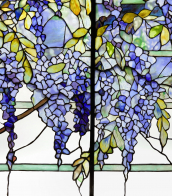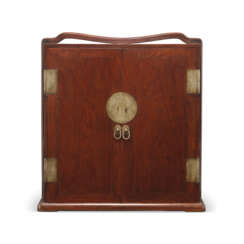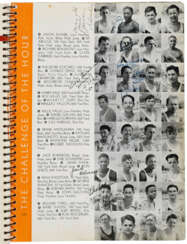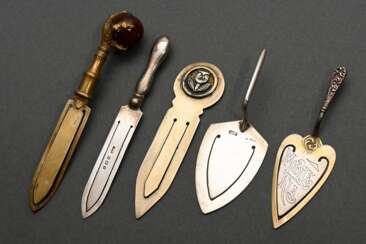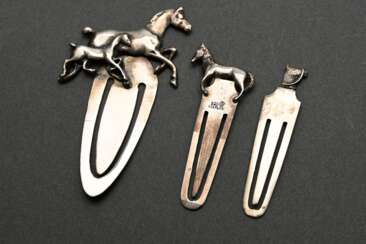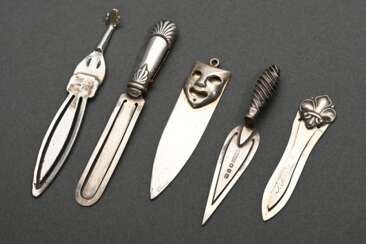738 Items by auctions and galleries:
book objects
Lot 20 Hemingway, Ernest | in our time, first edition of Hemingway’s second book
Ernest Miller Hemingway (1899 - 1961)  Important Modern Literature from the Library of an American Filmmaker
Important Modern Literature from the Library of an American Filmmaker 

Ernest Miller Hemingway
21.07.1899 - 02.07.1961

Sotheby´s
Important Modern Literature from the Library of an American Filmmaker
Date: 08.12.2023 12:00 UTC -05:00
Number of lots in the catalog: 87
Lot 2708 A PAIR OF IMPORTANT AND EXTREMELY RARE HUANGHUALI BOOKSHELVES, JIAGE
A Connoisseur's Studio - The Cissy and Robert Tang Collection of Chinese Classical Furniture 

CHRISTIE'S
A Connoisseur's Studio - The Cissy and Robert Tang Collection of Chinese Classical Furniture
Date: 30.05.2023 10:30 UTC +08:00
Number of lots in the catalog: 25
Lot 2713 A LARGE HUANGHUALI TRAVELLING SCHOLAR’S BOOKCASE, TUSHUXINGGUI
A Connoisseur's Studio - The Cissy and Robert Tang Collection of Chinese Classical Furniture 

CHRISTIE'S
A Connoisseur's Studio - The Cissy and Robert Tang Collection of Chinese Classical Furniture
Date: 30.05.2023 10:30 UTC +08:00
Number of lots in the catalog: 25
Lot 139 EXCEEDINGLY SCARCE 1935 JACKIE ROBINSON AUTOGRAPHED "THE SEQUOIAN" JOHN MUIR TECHNICAL HIGH SCHOOL YEARBOOK (PSA/DNA)
Selections from the Geddy Lee Collection and Important Baseball Memorabilia 

CHRISTIE'S
Selections from the Geddy Lee Collection and Important Baseball Memorabilia
Date: 06.12.2023 14:00 UTC -05:00
Number of lots in the catalog: 270
Lot 143 HISTORICALLY SIGNIFICANT MAY 25, 1947 JACKIE AND RACHEL ROBINSON AUTOGRAPHED SCOREBOOK FROM ROBINSON'S FIRST EBBETTS FIELD HOME RUN: "THE BREAKTHROUGH GAME" (PSA/DNA)
Selections from the Geddy Lee Collection and Important Baseball Memorabilia 

CHRISTIE'S
Selections from the Geddy Lee Collection and Important Baseball Memorabilia
Date: 06.12.2023 14:00 UTC -05:00
Number of lots in the catalog: 270














